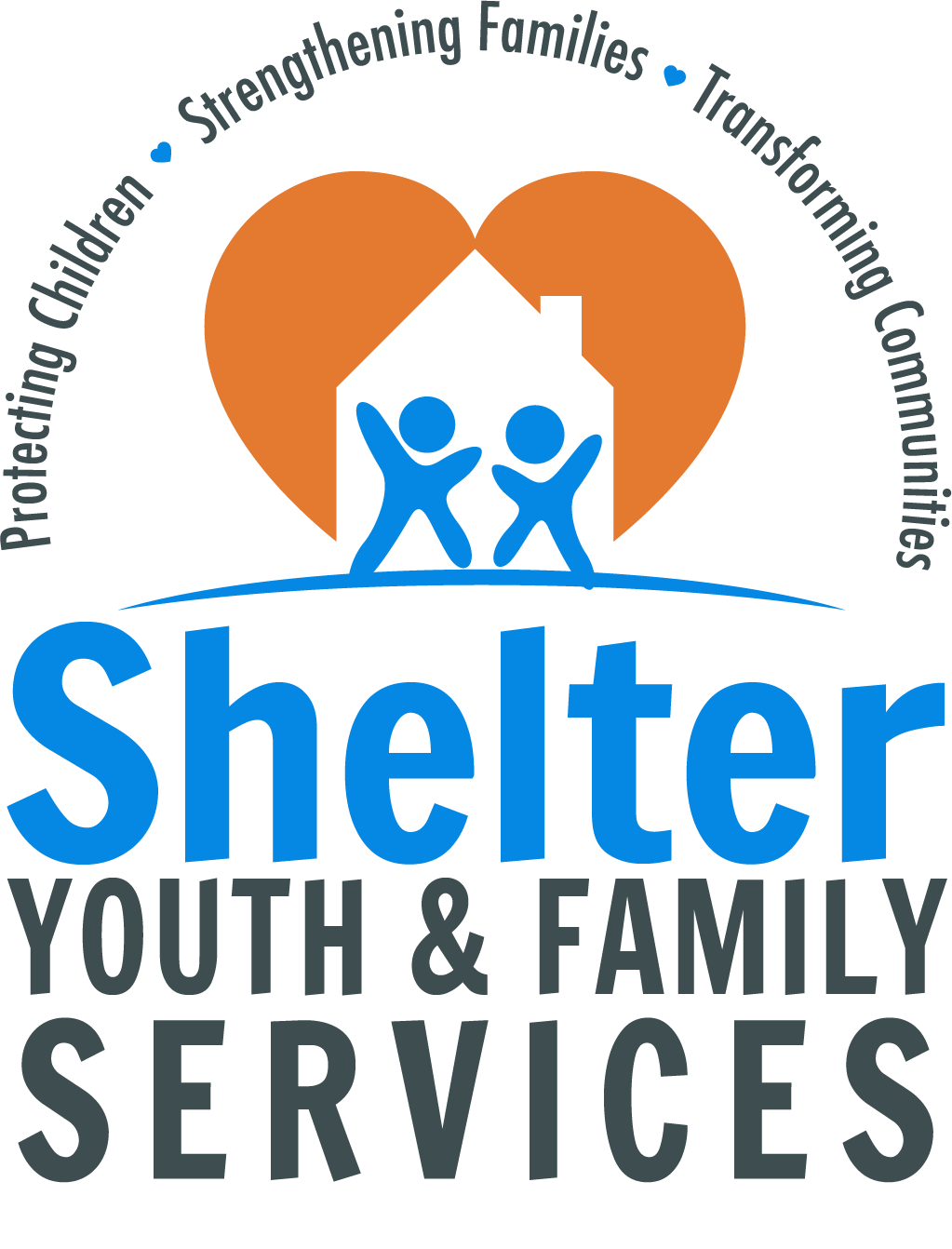
Illinois’ chronically overburdened Department of Children and Family Services (DCFS) report cases of child abuse are down by 60%. For the uninitiated, this may be interpreted as the stay at home lockdown has had a positive effect. In reality, it underscores many youths are in greater danger by being isolated with their families.
National Statistics On Child Abuse show 90% of alleged abusers are relatives of their victims.
As outlined in an earlier article the COVID-19 crisis has created a perfect storm. The pandemic crisis has unleashed known triggers for abuse, such as anxiety, fear of the unknown, social isolation, and financial insecurity. Vulnerable children are not only at risk from repeat offenders. Any member of their household unable to control their response to triggers may resort to neglect, emotional, physical, or sexual abuse.
If we know child maltreatment is spiking, why are reports at an unheard of low? No one can see behind closed doors.
Mandated reporters are trained to identify signs of maltreatment and are legally required to report suspected abuse to the Child Abuse Hotline immediately. Reporters include anyone working in schools, law enforcement, the medical profession, healthcare, social services, daycare, the juvenile justice system, and other professions. Calls to the hotline come from other sources as well, including neighbors, friends, and concerned citizens.
When barriers to observation are erected, what happens indoors, stays indoors.
For some older adolescents and teens, there had previously been an escape outlet by running away, often staying at the home of a friend or relative. That route has been cut off as others prioritize their own safety from the virus.
Youth living in fear might once have reached out by phone or online asking for help. Being trapped in close quarters where their abuser could easily overhear a conversation or see what’s on a computer screen, the risk of being caught and having the abuse escalate is too dangerous.
Shelter’s Executive Director, Carina Santa Maria said, “We must do something as a community to help protect the most vulnerable youth, as we know that times of crisis increase rates of child abuse. Now is not the time to look away but mobilize and come up with creative strategies on how to ensure these kids are protected.”
While it’s impossible to predict what will happen once the state reopens and stay-at-home policies are lifted, child welfare agencies are preparing for a massive increase in children needing services. One certainty is the known long-term impact of today’s child abuse will be felt by children, families, and our community for generations.


0 Comments